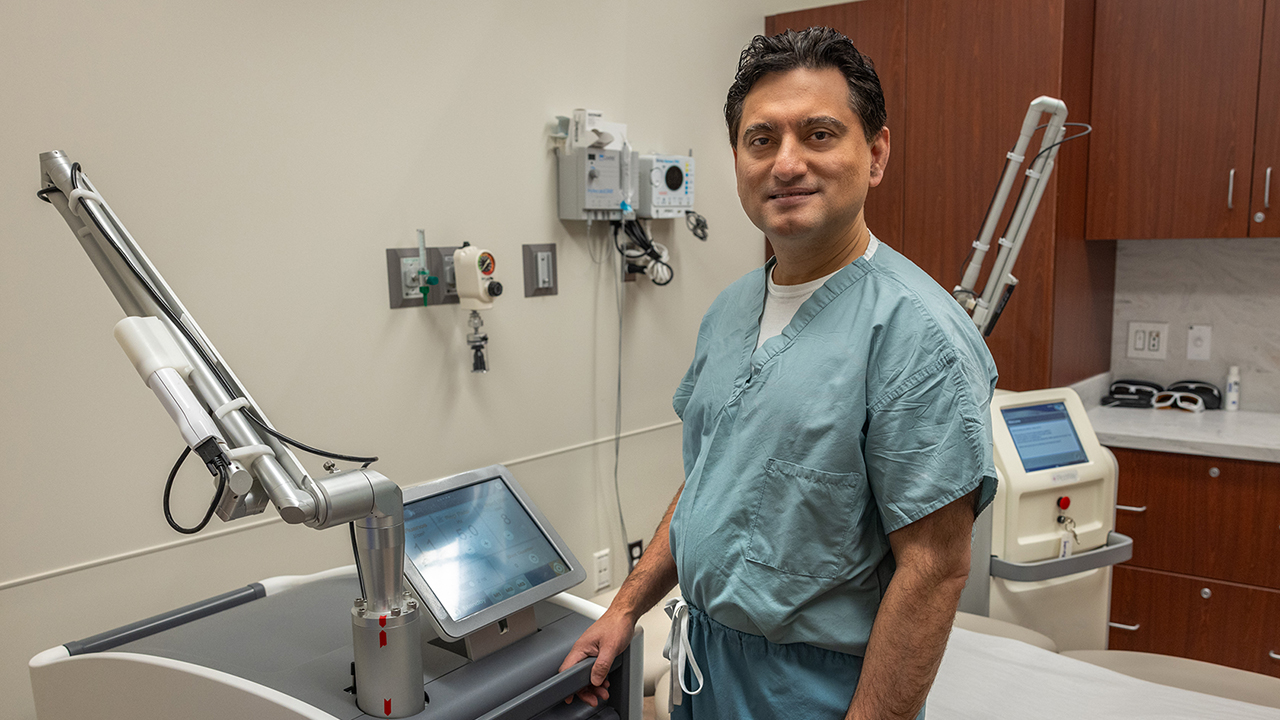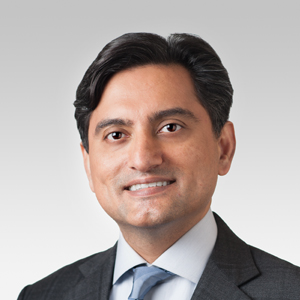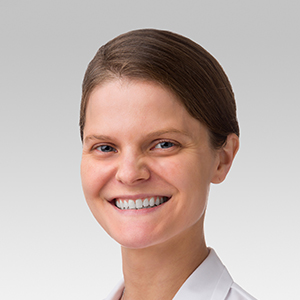Tattoo Removal Program Helps Patients Overcome Barriers And Stigmas
Identifying and Addressing Patient Needs in Local Communities
Published April 2024
Northwestern Medicine has introduced a tattoo removal program to assist patients who have tattoos on their face, neck or hands that affect their employment opportunities, or old gang-related tattoos that put them and their families at risk.
"This initiative was spurred by a request from our community partners who work with survivors of violence and their families," says Anne Stey, MD, a trauma surgeon at Northwestern Medicine. "It helps empower survivors of violence by liberating them of visible markers that put them at risk for reinjury and limited work opportunities."
These tattoos can seriously affect someone's day-to-day life.— Daniel Schlessinger, MD
Eligible patients may have one tattoo removed at no cost to them, performed by Murad Alam, MD, a dermatologist at Northwestern Medicine.

Daniel Schlessinger, MD, a board-certified dermatologist and fellow at Northwestern Medicine, is a part of the program alongside his mentor, Dr. Alam.
"Tattoo removal technologies have been around for several decades, but they continue to get better as technology advances within the field of dermatology," says Dr. Schlessinger. "In this program, we use a picosecond laser tattoo removal device, which is less likely to cause adverse reactions for our patients, like lightening of skin. This is particularly important for our patients with darker skin tones."
A Way to Erase the Past
Even with advances in technology that are making tattoo removal better, there are still several considerations that patients and dermatologists alike need to think about before beginning the process.
First, tattoos that are done in black or blue ink respond best to laser removal. This is because the laser is able to target the darker ink pigments more precisely. It's also easier to remove tattoos that are smaller than the palm of your hand.
Another consideration is the time commitment it takes to fully remove a single tattoo. It can take six to eight treatment sessions on average, and each session is eight to 12 weeks apart. Every session also takes about one hour from start to finish.
Dermatologists start by numbing the tattooed area, using either an injection or numbing cream. Once the area is numb, dermatologists begin selecting appropriate settings on the picosecond laser for each individual patient. Then they manually line the device up with the tattoo and, using the laser at a rapid frequency, they move the laser over the tattoo. As the laser is moving over the skin and the tattoo, small bubbles may appear on the surface of the skin, often white in color. This is due to a reaction from the heat of the laser hitting the ink pigments in the skin.
When the patient leaves their first session, the tattoo often looks like it's fully gone. However, over time, the pigment will show up again. Each subsequent treatment session removes a little more pigment until the tattoo is completely gone.
A Clean Slate
"The most impactful part of this program has been the patients I've met along the way. I have been struck by just how these tattoos can seriously affect someone's day-to-day life, their employment opportunities and their peace of mind," says Dr. Schlessinger. "It's incredible that by removing these tattoos, we're helping these patients heal past traumas, gain confidence and feel safer."
Patients are selected for tattoo removal by Acclivus, an organization that provides bedside services to eligible patients at Northwestern Memorial Hospital with the goal of ending the cycle of violence.
The Northwestern Medicine Tattoo Removal Program was started because of the findings of a comprehensive Community Health Needs Assessment (CHNA), which Northwestern Memorial Hospital completes every three years. The CHNA helps identify prevalent health needs among residents across all socioeconomic groups, races and ethnicities. The information and insight gained through the CHNA is then used to guide new strategies and enhance existing efforts to improve the health of the communities that Northwestern Medicine serves.
One of the priorities identified during the most recent assessment is addressing violence and community safety. A hospital-based violence intervention program (HVIP) was launched in 2020 at Northwestern Medicine to focus on this need. The program identifies patients at risk of repeat violent injury and connects them with hospital- and community-based resources. The Tattoo Removal Program is one part of the HVIP and the work happening within Northwestern Medicine to address violence in the communities we serve.







